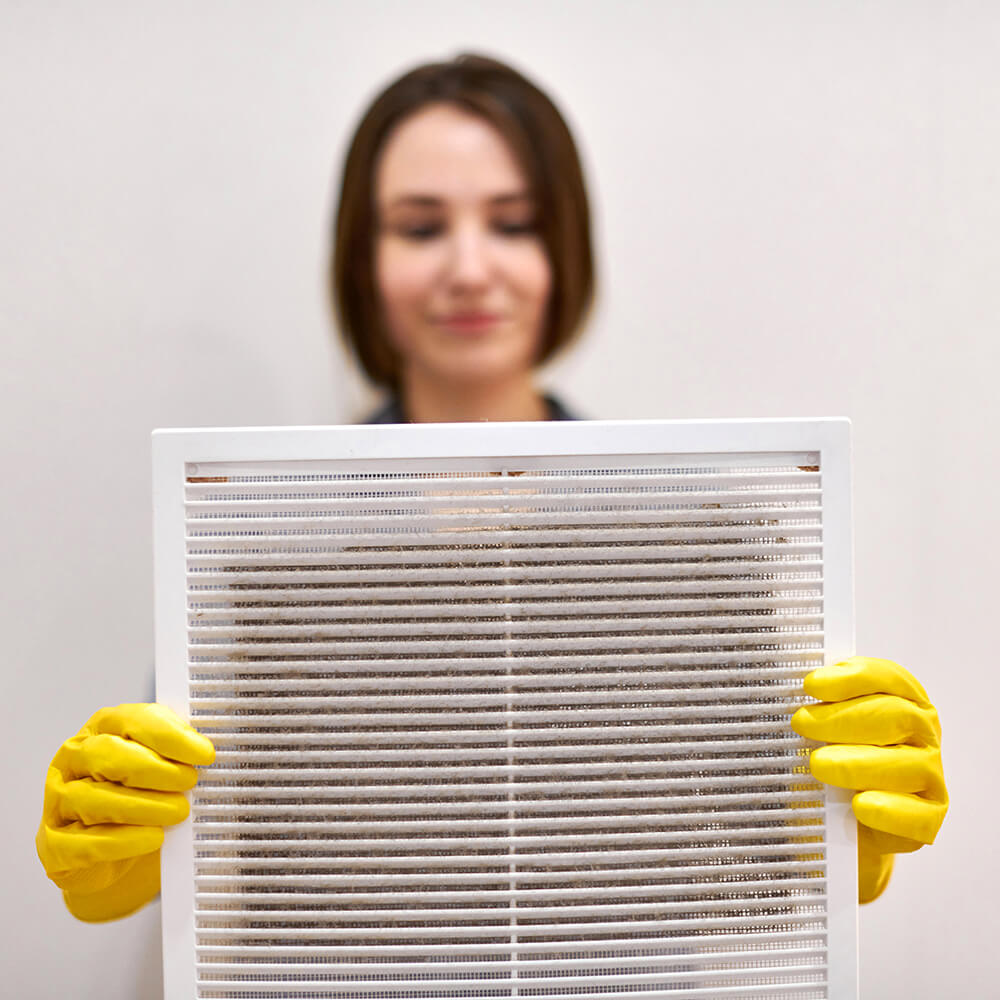Many dangers come with owning a home. One of the most insidious is radon. Radon is a radioactive gas that can seep into homes through cracks in the foundation or other openings. It’s estimated that nearly 1 in every 15 homes in the United States has high levels of radon.
What is Radon?
Radon is a colorless, odorless, and tasteless gas that is produced naturally as uranium breaks down. It can enter homes through cracks in the foundation or other openings. Once inside, it can build up to dangerous levels.
Why is Radon Dangerous?
Exposure to high levels of radon gas can cause lung cancer. In fact, radon is the second leading cause of lung cancer in the United States, behind smoking. The Environmental Protection Agency (EPA) estimates that radon gas is responsible for 21,000 lung cancer deaths each year.
How Can I Protect Myself from Radon?
The best way to protect yourself and your family from radon is to have your home tested for gas. If you live in an area where radon is known to be present, it’s a good idea to test your home every year. You can buy a do-it-yourself testing kit at most hardware stores, or you can hire a professional to test your home for you.
If your home does have high levels of radon, there are ways to reduce the amount of gas inside your home. These include sealing cracks in the foundation and installing a ventilation system that will release radon gas outside of your home.
Testing Your Home for Radon
If you’re concerned about radon gas in your home, the best way to find out is to test for it. You can buy a do-it-yourself testing kit at most hardware stores. These kits are easy to use and give you results within a few days.
If you prefer, you can also hire a professional to test your home for you. This is generally a good idea if you live in an area where radon is known to be present.
Reducing Radon Levels in Your Home
If your home does have high levels of radon, there are ways to reduce the amount of gas inside your home. These include sealing cracks in the foundation and installing a ventilation system that will release radon gas outside of your home.
Sealing Cracks in Your Foundation
The first step in reducing radon levels in your home is to seal any cracks in your foundation. This will help to prevent radon gas from entering your home. You can do this yourself using a sealant or caulk.
If you have a lot of cracks, or if they’re large cracks, you may want to hire a professional to do this for you.
Installing a Ventilation System
Another way to reduce radon levels in your home is to install a ventilation system. This system will release radon gas outside of your home, where it will dissipate and pose no threat.
There are two types of ventilation systems that can be used for this purpose:
- Passive Ventilation Systems: These systems rely on natural airflow to ventilate your home. They’re usually less expensive than active systems, but they’re also less effective.
- Active Ventilation Systems: These systems use a fan to force air out of your home. They’re more expensive than passive systems, but they’re also more effective.
Randon and Air Duct Cleaning
If your home has high levels of radon, there are ways to reduce the amount of gas inside your home. These include sealing cracks in the foundation and installing a ventilation system that will release radon gas outside of your home. Another way to reduce the amount of radon in your home is to have your air ducts cleaned by a professional.
Air ducts can become contaminated with radon gas, and when the air conditioner or furnace runs, these particles can be circulated throughout the home. Having your air ducts cleaned is a good way to reduce the amount of radon in your home and protect yourself and your family from its dangers.
If you’re concerned about radon gas in your home, the best way to protect yourself and your family is to have your home tested for the gas. If you live in an area where radon is known to be present, it’s a good idea to test your home every year. You can buy a do-it-yourself testing kit at most hardware stores, or you can hire a professional to test your home for you.

